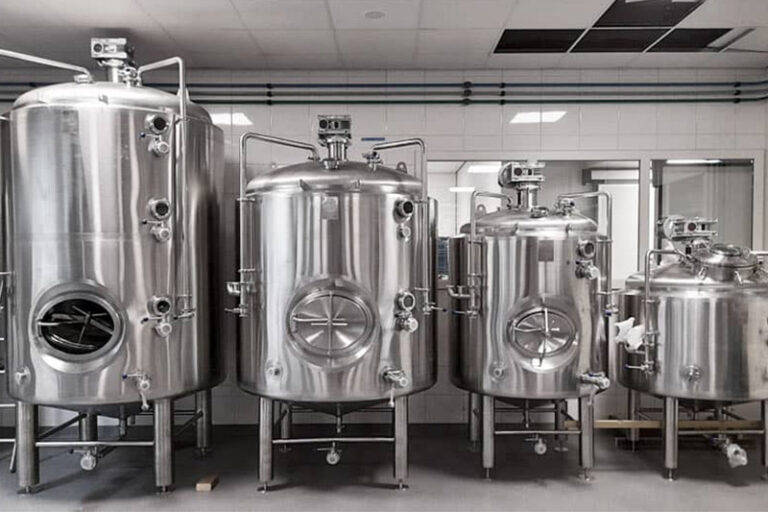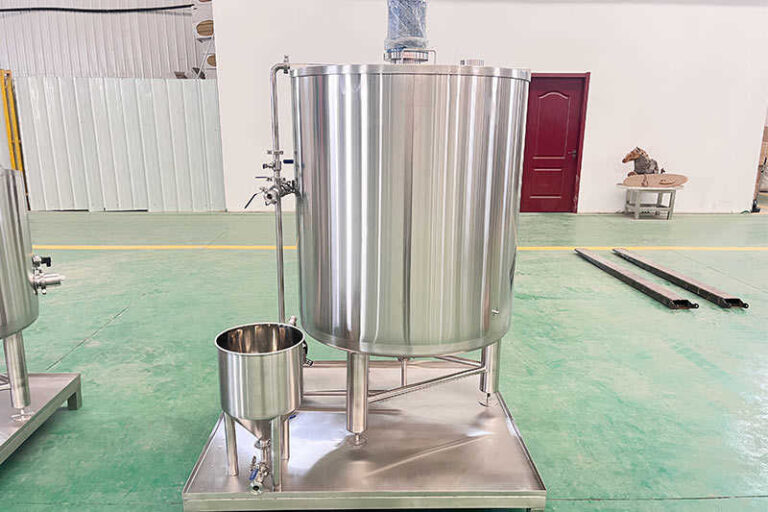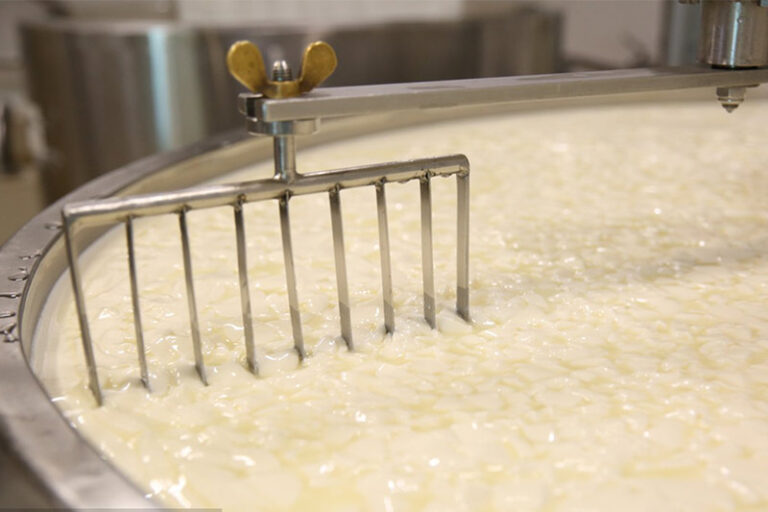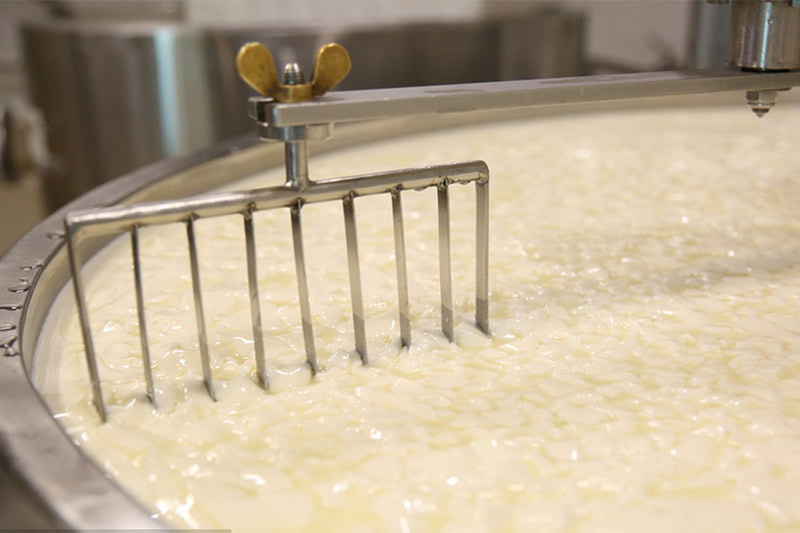Table of Contents
What is a mixing tank?
A mixing tank, also known as a blending tank, mixing vessel, or stirring tank, is a process equipment used to mix, emulsify, homogenize, or blend different materials. These mixing tanks are widely used in various industries, including chemical processing, pharmaceuticals, food and beverages, cosmetics (such as creams, and lotions), and water treatment. The main purpose of a mixing tank is to promote the uniform mixing of liquids, solids, or gases to achieve the desired product or process results.
Material of mixing tank
- Stainless steel mixing tank: It is made of food-grade 304/316 stainless steel, which can be used in a wide temperature range, has high physical strength, and is resistant to strong acids.
- PE mixing tank: They are commonly used for corrosives, metal finishing, electroplating, and salt water. Strong oxidants, aromatic hydrocarbons, and solvents should be avoided.
- PP mixing tank: They are suitable for many organic chemicals and etching chemicals. Strong oxidants and aromatic or chlorinated hydrocarbons should be avoided.

Advantages of Stainless Steel Mixing Tanks
Corrosion Resistance
Easy to Clean
Cost-Effective Solution
What are the uses of mixing tanks?
A mixing tank is a widely used equipment in various industries and laboratories, mainly used to mix two or more substances evenly. Here are some common uses of mixing tanks:
- Chemical industry: Mix different chemical raw materials for reaction or production of chemical products, such as coatings, adhesives, medicines, etc.
- Food processing: In the food industry, it is used to mix various ingredients, such as seasonings, beverages, candies, and sauces.
- Pharmaceutical industry: In the pharmaceutical process, the drug ingredients are mixed to ensure the consistency and effectiveness of the product.
- Environmental engineering: Used for wastewater treatment and sludge treatment, mixing chemical agents to promote reactions and improve treatment efficiency.
- Plastics and synthetic materials: In plastic production, different raw materials and additives are mixed to form uniform plastic parts.
- Production of detergents and cleaning agents: Various chemical ingredients are mixed to produce detergents with good cleaning effects.
- Feed production: In animal feed production, various nutrients are fully mixed to ensure the uniformity and nutritional value of the feed.
- Laboratory Research: During the research and development process, scientists use mixing tanks to conduct various chemical and physical experiments to obtain homogeneous samples.

Working principle of mixing tank
The mixing tank is usually composed of a tank body, agitator, motor, reducer, support, and other parts. The tank body is generally cylindrical, and the agitator is installed inside the tank body. The motor and reducer drive the agitator to rotate at high speed.
- Agitator rotation: When the motor is started, the reducer drives the agitator to rotate at high speed. The rotation speed and time of the agitator can be adjusted according to the properties and requirements of the mixed materials.
- Material mixing: The high-speed rotating agitator generates a strong centrifugal force, which makes the materials in the tank rotate rapidly and collide with each other. This collision and shearing action helps to break the agglomeration and adhesion between the materials, thereby achieving the purpose of mixing.
- Uniform distribution: Under the continuous action of the agitator, the material gradually reaches a uniform distribution in the tank body. This ensures that the mixed materials have consistent composition and properties.
Characteristics of mixing tanks
- Efficient mixing: Through the high-speed rotating agitator, the mixing tank can quickly achieve uniform mixing of materials.
- Strong adaptability: The mixing tank can adapt to a variety of materials and mixing requirements and has a wide range of applicability.
- Temperature control function: Some mixing tanks are equipped with heating and cooling systems, which can control the temperature during the mixing process to ensure the stability and reaction effect of the materials.
- Easy to operate: Modern mixing tanks are often equipped with reasonable control systems considering the convenience of operation, which is convenient for operators to monitor and adjust.
- Safety: Qualified mixing tank designs will take into account safety protection to avoid dangerous situations such as leakage and explosion, and ensure the safety of operators.
- Easy to clean: To ensure product quality, mixing tanks are usually designed to be easy to clean and reduce the risk of cross contamination.
- Corrosion resistance: According to the characteristics of the material, the mixing tank can be made of corrosion-resistant materials such as stainless steel, glass, and plastic to extend its service life.

FAQ
What is a mixing tank?
A mixing tank is a device used to mix different ingredients or mixed materials together, and is usually used in industries such as food, chemical, and drug manufacturing.
What are the types of mixing tanks?
- Vertical mixing tank
- Horizontal mixing tank
- Vacuum tank
What are the main uses of mixing tanks?
- Food industry
- Chemical industry
- Pharmaceutical industry
How does a mixing tank work?
A mixing tank usually uses the rotating motion of an agitator to mix different ingredients evenly. The shape and speed of the agitator can be adjusted as needed to achieve different mixing effects.
What is the capacity range of a mixing tank?
The capacity of a mixing tank ranges from a few liters to several cubic meters, depending on the application requirements and production scale.

